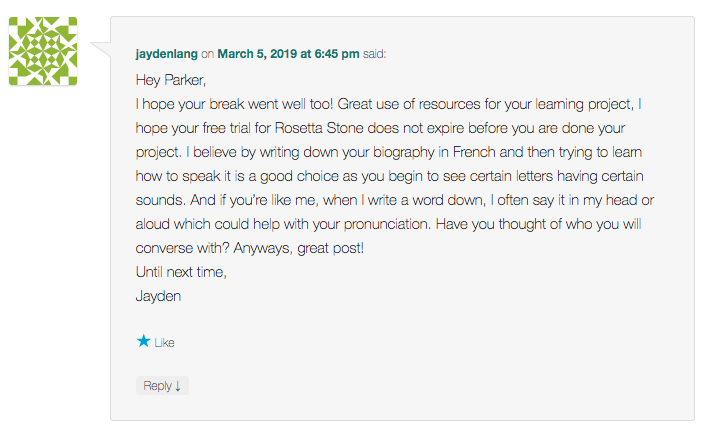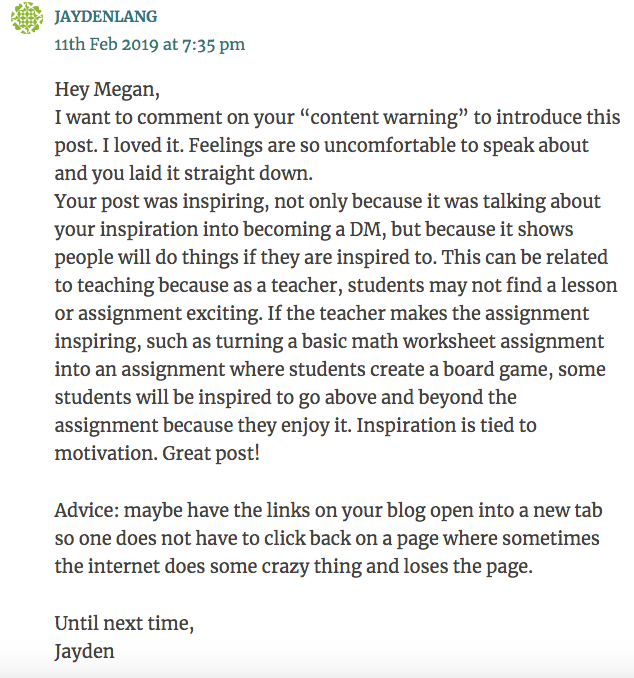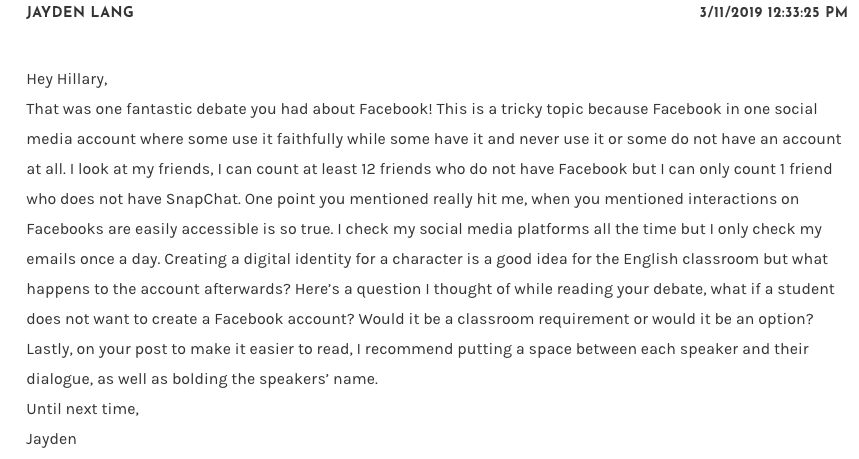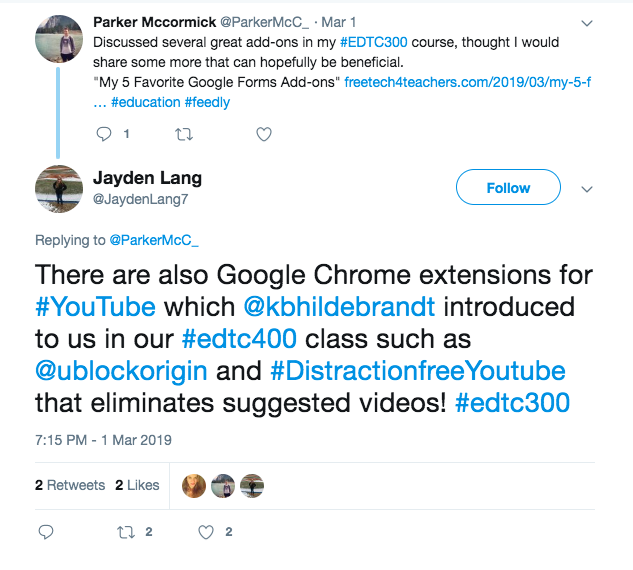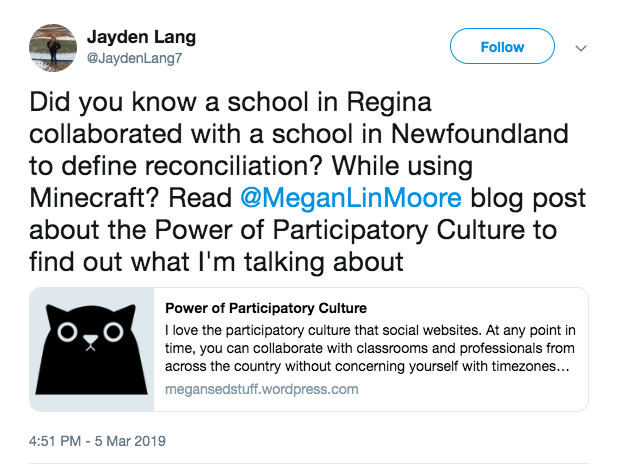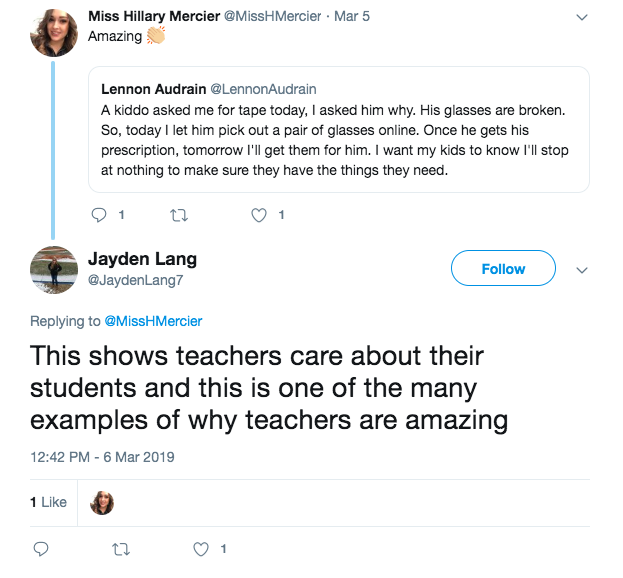Curriculum. What exactly is the curriculum? What are the models of the curriculum? This week in ECS 210, curriculum models were explained in the article “Curriculum Theory and Practice” by Mark Smith. In this article, I learnt that there are four models of curriculum. The first model is Curriculum as a body of knowledge to be transmitted. Smith defines this model to be “a concise statement or table of the heads of a discourse, the contents of a treatise, the subjects of a series of lectures,” which basically means that whatever the teacher knows, they just put onto the students in a lecture type class typically. The benefits of this model are it provides a “’logical’ approach to the subject,” (Smith) essentially where the curriculum states what a teacher needs to teach. The downfall to this approach is “they [lesson planners] are likely to limit their planning to a consideration of the content or the body of knowledge that they wish to transmit,”(Smith). This means that a teacher may limit their lessons to what the curriculum says instead of going above and beyond the curriculum to better their students or changing what the curriculum says.
The second model of curriculum is Curriculum as Product. Smith defines this model as a routine by saying “objectives are set, a plan drawn up, then applied, and the outcomes (products) measured,” (Smith). This model of curriculum enforces the notion of which a class begins with certain objectives that must be met at the end of the class. The article focuses on the benefits of this approach. One issue with this approach is this approach focuses a lot on planning with a fail or success pattern. It strives for student success with no consideration for what the students want. Also, this model can become messy as academic success is measured with grades and not actually what students are retaining in the classroom. The third problem defined, and what I believe is very important to note is “much of the research concerning teacher thinking and classroom interaction, and curriculum innovation has pointed to the lack of impact on the actual pedagogic practice of objectives” (Smith). This means the curriculum lacks communication with objectives.

Curriculum as Process is the third model of curriculum. “In this sense curriculum is not a physical thing, but rather the interaction of teachers, students and knowledge. In other words, the curriculum is what actually happens in the classroom and what people do to prepare and evaluate,” (Smith) meaning is based on interaction with teachers and students where there is no set curriculum or outcomes to be met while students are still attaining knowledge. One benefit of this approach is that is expected of the curriculum is to be practiced before being set forward. Another benefit of this approach is “they [students] have a clear voice in the way that the sessions evolve. The focus is on interactions,” (Smith) where the students have a sense of independence where they define what is being taught. One downside to this model is where learning stops once the goal is achieved where students may lose interest since the goal is achieved and there is no urge to go above and beyond since the ‘mission is accomplished’.

The last model of curriculum is Curriculum as Praxis which the author defines to be “a development of the process model,” (Smith). While the Praxis model is related to the Process model, it is different. This model takes the students into consideration such as their life experiences, their roles and who the students are as a person, not a ‘factory worker’. The downside to this model, in the way I interpreted it, is the model does not follow curriculum closely which could lead to detrimental effects to students later on in their schooling if they are not reaching their outcomes and indicators early in their education. While this a con for the Praxis model, there is one upside to this model. That is, this model takes into consideration the students’ needs and wants and lets them achieve their goals based on those.
In my experience in schools, I have seen the transmitted model used. I have seen this model used mostly in university classes, where the professors simply stand in the front of a lecture hall and speak what they know on a topic and do not overly pay attention to you as a student. This has made learning for me possible since I am an auditory learner for many subjects such as history. But this could be detrimental to students who do not learn very well with the auditory method. Another model I have seen used in classes I have been in include the Product model. In my high school math classes (ex: Calculus 30), the teacher simply stated what we would be learning, and a few days later, we would be tested on it. This method made it impossible for one to do well in the class if they did not test very well. With essays and projects, we were given rubrics and a document with a list of requirements where to get a good grade, we had to strive for success and hand the project in on time. If another means of evaluation, such as incorporating the Process model where students’ needs are then considered, there may have more possibility for students to take these classes instead of avoiding them since they knew they would only be evaluated on tests. Lastly, I have experienced the process curriculum where teachers view us as students and do not see us as outcomes or a “mini-teacher” (someone who knows the exact information as the professor and recites it like a robot like in the transmission model). This makes a student feel included and given a voice in their education. All in all, I have probably experienced the pros and cons of each model of the curriculum but until now, I was simply unaware.
Now as I leave you with this post, I would like you to consider, which model of curriculum do you feel made you a better student?
Until next time,
Jayden

